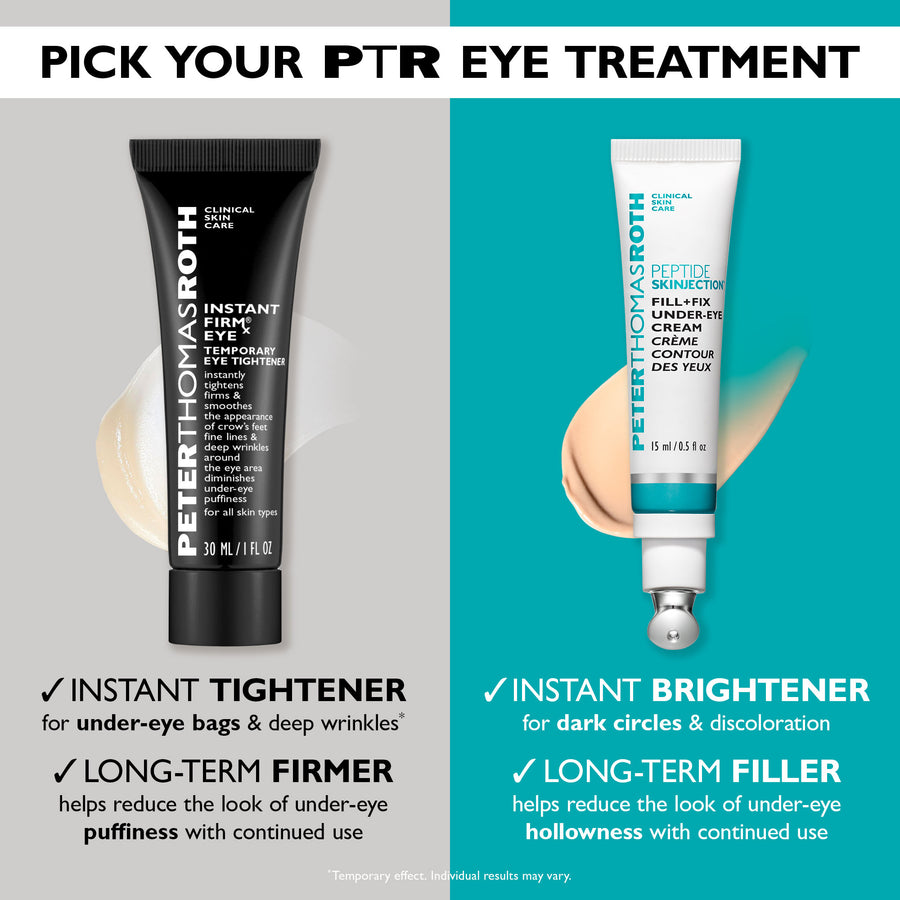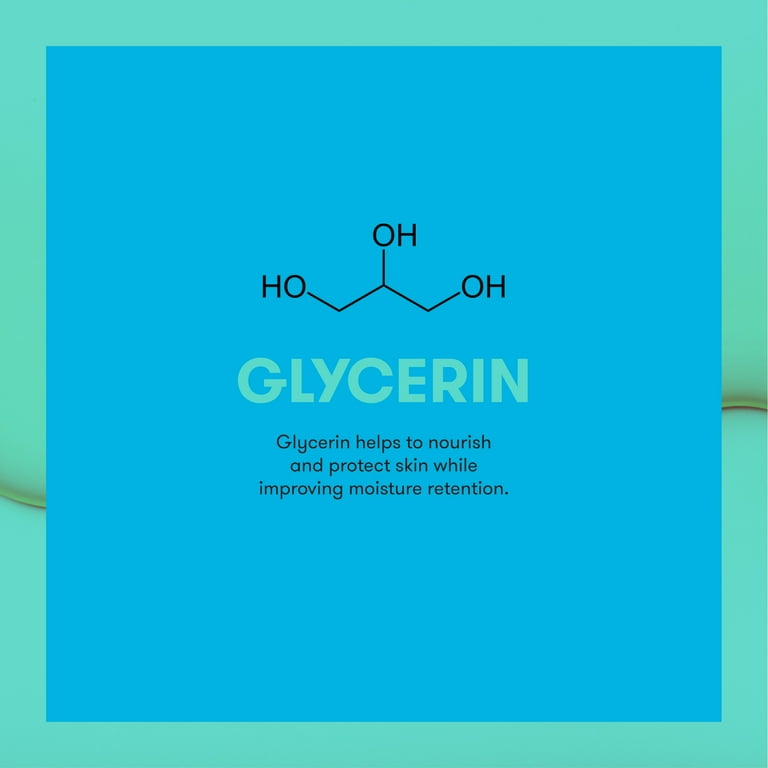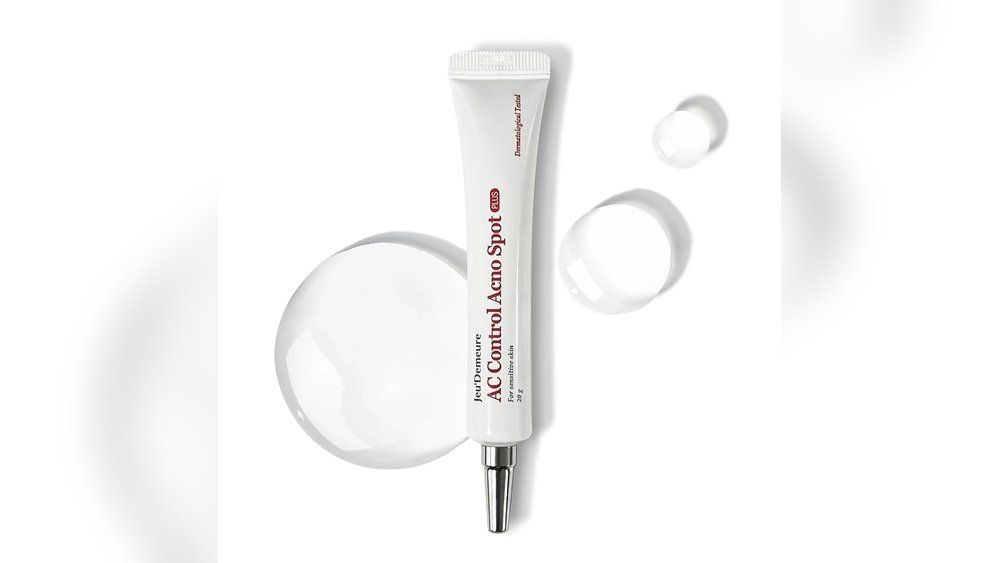Are you confused about whether to use a night cream or a leave-on treatment for your skin? You’re not alone.
Both promise to improve your skin overnight, but they work in very different ways. Understanding the key differences can help you choose the right product for your unique skin needs and get the best results while you sleep. You’ll discover what sets night creams apart from leave-on treatments, how each benefits your skin, and which one fits your routine perfectly.
Keep reading to unlock the secrets to waking up with healthier, glowing skin.

Credit: www.peterthomasroth.com
Night Cream Basics
Night cream nourishes and repairs skin overnight, while leave-on treatments target specific concerns with active ingredients. Night creams focus on hydration and barrier support, whereas leave-on treatments provide targeted benefits like acne control or brightening. Both work during sleep but serve different skincare needs.
Night creams are skincare products designed for use during sleep. They help repair and nourish the skin overnight. The skin regenerates faster at night, making it the perfect time for deep treatment.
Night creams often contain richer ingredients than day creams. These ingredients include antioxidants, vitamins, and moisturizers. Their goal is to boost hydration and support skin renewal.
Using a night cream regularly can improve skin texture and tone. It also helps reduce signs of aging like fine lines and wrinkles. Night creams are generally thicker and heavier to lock in moisture.
Purpose Of Night Cream
Night cream focuses on skin repair and hydration. It works to restore moisture lost during the day. The cream also supports cell renewal and collagen production.
This product targets dryness and dullness. It enhances skin softness and smoothness by morning. Many night creams also soothe irritation and calm sensitive skin.
Key Ingredients In Night Cream
Common ingredients include retinol, peptides, and hyaluronic acid. These help stimulate collagen and improve elasticity. Antioxidants like vitamins C and E protect skin from damage.
Moisturizers such as shea butter and glycerin lock in hydration. Some night creams include calming agents like chamomile or aloe vera. These reduce redness and promote a healthy glow.
How To Use Night Cream Effectively
Apply night cream after cleansing and toning your face. Use a small amount and gently massage it into the skin. Avoid the eye area unless the product is safe for it.
Let the cream absorb fully before sleeping. Consistent use every night delivers the best results. Night creams work best on clean, dry skin for maximum absorption.
Leave-on Treatment Essentials
Leave-on treatments are skincare products designed to stay on your skin without rinsing. They work by delivering active ingredients over time. These treatments help hydrate, repair, and protect the skin throughout the day or night.
Unlike wash-off products, leave-on treatments provide long-lasting benefits. They are lightweight and absorb quickly, making them easy to layer with other products. Knowing their key features helps you choose the right one for your skin needs.
Purpose Of Leave-on Treatments
Leave-on treatments aim to nourish and improve skin health continuously. They often target specific concerns like dryness, acne, or aging signs. By leaving the product on, the skin absorbs ingredients more deeply and effectively.
Common Ingredients In Leave-on Treatments
These treatments usually contain humectants, antioxidants, and vitamins. Ingredients like hyaluronic acid attract moisture and keep the skin hydrated. Antioxidants protect skin from environmental damage. Vitamins help repair and strengthen the skin barrier.
How To Use Leave-on Treatments
Apply leave-on treatments on clean, dry skin. Use a small amount and spread it evenly. Allow the product to absorb fully before applying other skincare steps. Use them daily or as directed for best results.
Benefits Over Night Creams
Leave-on treatments tend to be lighter than night creams. They absorb faster and do not feel heavy on the skin. They can be used anytime during the day or night. Night creams, in contrast, are richer and designed mainly for overnight use.
Key Differences
Night creams and leave-on treatments serve different purposes in skincare. Both are designed for overnight use but have unique roles and benefits. Knowing their key differences helps you choose the right product for your skin.
These differences affect how each product works, their ingredients, and the skin concerns they target. Understanding these points ensures better skincare results.
Purpose And Function
Night creams mainly focus on moisturizing and repairing skin during sleep. They often contain nourishing ingredients that support skin regeneration.
Leave-on treatments target specific skin issues such as acne, pigmentation, or aging. They usually have active ingredients designed to treat rather than just hydrate.
Ingredients
Night creams contain rich moisturizers, antioxidants, and sometimes gentle exfoliants. Their formula supports skin hydration and barrier repair overnight.
Leave-on treatments include potent actives like retinol, acids, or vitamins. These ingredients work deeply to improve skin texture and appearance.
Texture And Application
Night creams are thicker and creamier to provide lasting moisture. They create a protective layer that locks in hydration.
Leave-on treatments often have lightweight or serum-like textures. This helps active ingredients absorb quickly without heaviness.
Skin Concerns Addressed
Night creams help with dryness, dullness, and general skin nourishment. They promote a healthy, glowing complexion.
Leave-on treatments focus on specific problems like acne, wrinkles, or dark spots. They deliver targeted care for noticeable results.
:max_bytes(150000):strip_icc()/VWH-Nutrition-Retinol-vs-Retin-A-63a1173024a5457b8a523b1a9f1ebe1d.jpg)
Credit: www.verywellhealth.com
Benefits Of Night Creams
Night creams offer many benefits for skin health. They work deeply while you sleep. Your skin repairs and renews itself at night. Using a night cream supports this natural process.
Night creams provide intense hydration. They contain rich ingredients that moisturize dry skin. This helps prevent dryness and flakiness. Skin feels soft and smooth in the morning.
Many night creams have anti-aging properties. They reduce fine lines and wrinkles. Ingredients like retinol and peptides boost collagen production. This keeps skin firm and youthful.
Night creams help improve skin texture. They can fade dark spots and even skin tone. Regular use can brighten dull skin. Your complexion looks healthier and more radiant.
These creams also protect skin from damage. They strengthen the skin barrier. This reduces irritation and sensitivity. Skin becomes more resilient over time.
Deep Hydration And Moisture
Night creams provide extra moisture that lasts all night. They help skin absorb and keep water. This stops dryness and tightness. Hydrated skin feels comfortable and plump.
Support For Skin Repair
The skin repairs itself during sleep. Night creams supply nutrients that aid this process. They speed up healing of damage. This leads to fresher, healthier skin.
Anti-aging Effects
Night creams often contain anti-aging ingredients. These reduce wrinkles and fine lines. They improve skin firmness and elasticity. Skin looks younger and smoother.
Improved Skin Texture
Regular use of night creams smooths rough skin. They fade dark spots and discoloration. This makes skin tone more even. Your face appears brighter and clearer.
Strengthening The Skin Barrier
Night creams help protect skin from harm. They rebuild the skin’s natural barrier. This reduces redness and sensitivity. Skin becomes stronger and less prone to damage.
Advantages Of Leave-on Treatments
Leave-on treatments offer many benefits for skin care routines. They stay on the skin for long periods, allowing active ingredients to work deeply. These treatments provide continuous hydration and nourishment throughout the day or night. Many formulas are lightweight and absorb quickly, making them easy to use under makeup or other products.
Unlike rinsed-off products, leave-on treatments build a protective barrier. This barrier locks in moisture and shields skin from environmental stressors. They often contain concentrated ingredients that improve skin texture and tone over time. Using leave-on treatments regularly can enhance skin softness, smoothness, and overall health.
Hydration That Lasts All Night
Leave-on treatments keep skin hydrated for hours. They slowly release moisture, preventing dryness. This helps maintain the skin’s natural balance. Unlike some creams that sit on the surface, these treatments penetrate deeply. Your skin feels fresh and nourished by morning.
Gentle And Lightweight Formulas
Most leave-on treatments have a light texture. They do not feel heavy or greasy on the skin. This makes them suitable for all skin types, including oily and sensitive skin. You can layer them easily with other skincare products without clogging pores.
Continuous Skin Repair
Active ingredients in leave-on treatments work over time. They support skin repair and regeneration during rest. Ingredients like antioxidants, peptides, and vitamins help reduce damage. Regular use can improve skin firmness and reduce fine lines.
Convenient And Easy To Use
Leave-on treatments simplify skincare routines. You apply them once and let them work. There is no need to wash off or reapply frequently. This saves time and effort, especially for busy lifestyles. They fit well into morning or nighttime routines.

Credit: www.walmart.com
Frequently Asked Questions
Which Is Better, Hair Cream Or Leave-in Conditioner?
Hair cream styles and defines hair, controlling frizz and flyaways. Leave-in conditioner hydrates, detangles, and protects without hold. Choose cream for thicker, coarser hair and styling. Opt for leave-in conditioner for fine, dry hair needing moisture and softness. Both can be layered for best results.
What Is The Difference Between De-moisturizer And Treatment Or Night Creams?
De-moisturizers reduce excess skin moisture and oil. Treatments or night creams nourish, repair, and hydrate deeply overnight. De-moisturizers focus on oil control, while night creams provide intensive care and skin restoration.
Is There Really A Difference Between Day And Night Creams?
Day creams protect skin from UV rays and pollution during the day. Night creams focus on repair and hydration while you sleep. Their ingredients and textures differ to suit skin’s needs at different times. Using both optimizes skin health and appearance.
Is A Leave-in Treatment The Same As A Leave-in Conditioner?
A leave-in treatment and leave-in conditioner differ in purpose. Leave-in conditioners hydrate and detangle. Leave-in treatments often provide extra benefits like repair or styling.
Conclusion
Night creams and leave-on treatments serve different skin needs. Night creams mainly nourish and repair skin while you sleep. Leave-on treatments often target specific issues like acne or dryness. Choose based on your skin type and concerns. Using both can sometimes boost results, but avoid overloading your skin.
Remember, consistency matters more than product type. Find what suits your skin and stick to it. Healthy skin comes from good habits and proper care.
 Skip to content
Skip to content 